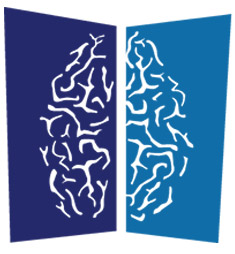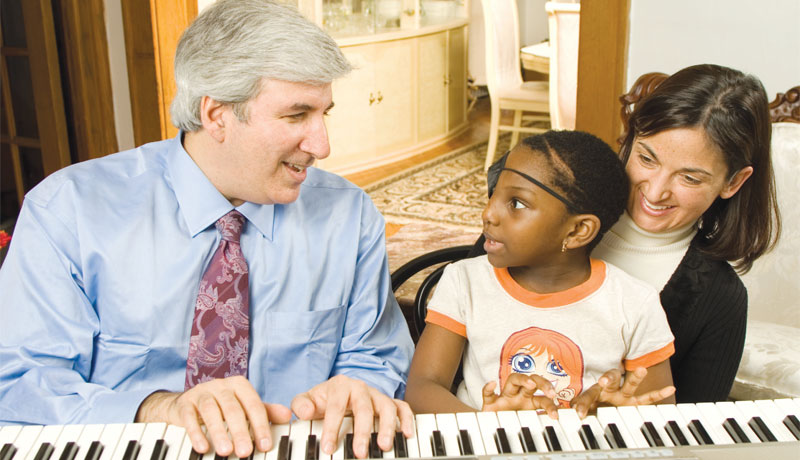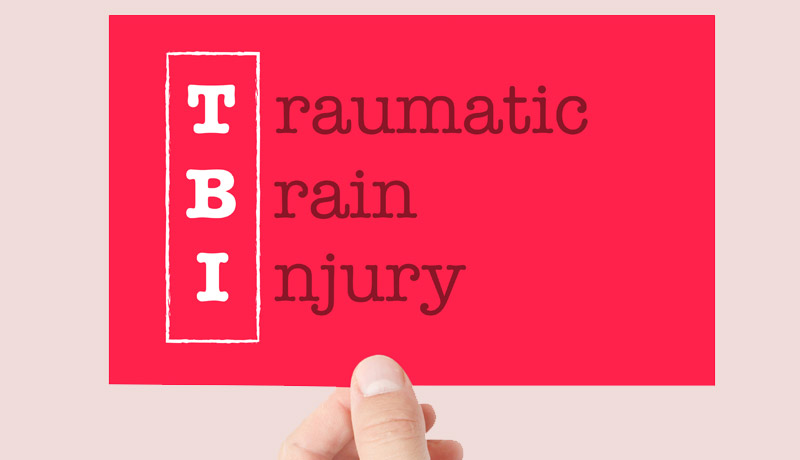From being a flower girl at a relative’s wedding to a gunshot victim, an ambush resulted in a fight for three-year-old Stephanie Aluya’s life.
From a dire situation, concludes Dr. Fried, “The fact that neurologically she is completely normal after having a gunshot to her brain is remarkable.”
Read below how the skill of Dr. Arno Fried saved Stephanie’s life, or click here to download the story.
Shotgun Head Wound: A Dire Situation
One day, three-year-old Stephanie Aluya of Hillside, NJ, was the center of attention as the most adorable little flower girl and the next she was the center of attention as she fought for her life from a shotgun blast to the brain.
Stephanie made a special trip to Nigeria, Africa to be a part of her maternal aunt’s wedding. It was a picture-perfect wedding as Stephanie’s presence added delight to the day. Stephanie looked very precious in her beautiful white dress as she carried a pretty bouquet of flowers. The only thing missing was her mom and dad who had to remain behind in Hillside, New Jersey.
Stephanie’s dad, Nelson, an attending physician at Newark Beth Israel Medical Center, and her mom, Iyobosa, were unable to attend but felt content in knowing Stephanie was able to be a part of such a wonderful family event and was also able to enjoy a visit with grandparents, aunts, and uncles.
Days after the wedding, Stephanie was on her way to evening church service with her grandparents when they were ambushed. Her grandfather was shot dead. Her grandmother was shot, but spared from life-threatening wounds. Little Stephanie, however, was shot in the head. Her forehead was blown away, her brain exposed, she had no scalp – no skull in the frontal region, her brain was hemorrhaging, her right eye was totally destroyed, and her left eye was unrecognizably swollen shut. The situation was dire.
Stephanie was taken directly to the nearest hospital. Because she was in grave condition and had difficulty breathing, she was then transferred to The State Trauma Center in Denin. There she underwent wound debridement, she was stabilized, and then transferred to another facility in Ibandan.
“Facing a neurological disorder is often extremely discouraging. I don’t want anyone to feel hopeless, especially when it comes to the health of a child. As a provider of neuroscience services, I am dedicated to turning a seemingly desperate situation into the best possible outcome with the safest integrative approaches.” – ARNO FRIED, M.D.
It was three o’clock on a Sunday morning when Nelson and Iyobosa received the phone call that absolutely no parent in the world would want to get. As Stephanie was being transported to Ibandan, Nelson called the national security office in Nigeria and requested an SOS team go to his daughter immediately to help assess the situation. It was decided little Stephanie should be transported back to the United States.
Nelson called his colleagues for advice and was told, unequivocally, to get her to Hackensack University Medical Center (HUMC), where the highly recommended pediatric neurosurgeon, Arno Fried, M.D., FACS, FAANS, chairman of The Department of Neurosurgery and director of The Pediatric Neuroscience Institute at HUMC, would be the surgeon who could save their little girl.
Having experience traveling with the gravely ill, the SOS team accompanied Stephanie, whose small head was all wrapped up, on a 16-hours-plus flight via British Airways back to the United States. Stephanie lost a lot of blood and ultimately a lot of weight.
“When Stephanie arrived at the medical center, she had bullet and skull bone fragments in her brain. The base of her skull was gone, her right eye was destroyed, and the brain actually came in contact with the nasal cavity,” said Dr. Fried. “We surgically removed the bone and bullet fragments, stopped the brain hemorrhage, and reconstructed the lining of her brain in addition to her scalp. We ultimately had to prepare Stephanie’s ‘orbit’ (skull) for reconstruction.”
“Stephanie’s team of surgeons included a neurosurgeon, ophthalmologist, and a pediatric plastic surgeon. She remained in the hospital for more than three weeks after the initial surgery. By the grace of God and all the wonderful people at Hackensack University Medical Center, she made it through,” said her father, Nelson.
“After the original gunshot wound, Stephanie’s scalp had to be pulled down from the top of her head as the top of her face had no skin. This flap of skin remained until she was able to undergo plastic surgery to reconstruct her forehead and create a socket for the right-eye prosthesis,” said Dr. Fried. “Today, her forehead, skull, scalp and hair look normal. She wears a patch over her eye as she doesn’t have the prosthesis yet.”
Stephanie, now five-years-old, has undergone five surgeries and has made an amazing recovery. Her cognitive skills are intact. In fact, she’s taking piano lessons! She has no difficulty in communicating and has no short-term memory lapses. Though, thankfully, she has no memory of that fateful day.
“Even though the focus has been on the reconstruction, Stephanie’s recovery from the brain surgery is the most appealing part of the case,” said Dr. Fried. “The fact that neurologically she is completely normal after having a gunshot to her brain is remarkable.”
The road ahead is no longer a long one. Soon, Stephanie will undergo a procedure to insert the prosthesis. Once surgeries are behind her, a whole new world will begin for Stephanie as she will be able to attend school. When you meet this little girl, you can’t help but wonder if she even understands how much she’s gone through especially when you hear her say, “My mom won’t let me have a boyfriend because I’m only five.”

ANA is a team of expert neurosurgeons and medical professionals, who combine their decades of knowledge to provide information, events, and articles on a range of neurological conditions.



